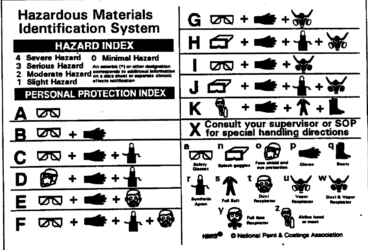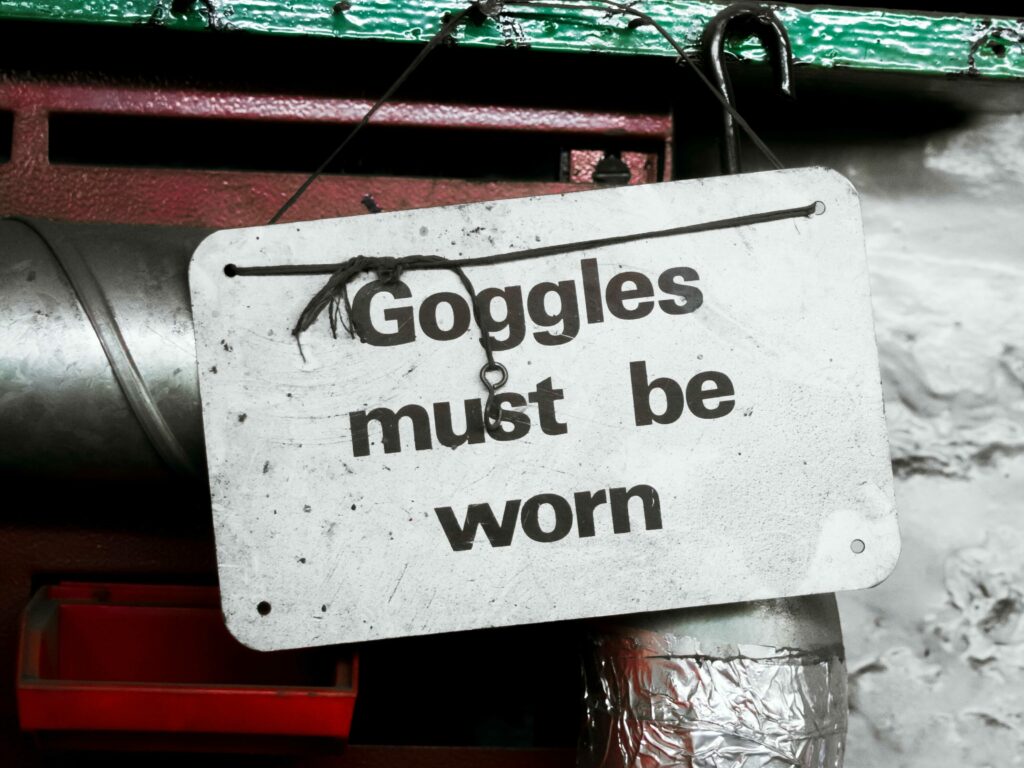Find out how you can reduce chemical exposure for your team, no matter what kind of facility they’re cleaning.
You want your teams to be safe, no matter where they work. And while you can’t guarantee ideal working conditions in every situation, there are steps you can take to reduce chemical exposure in their day-to-day tasks.
That’s a challenge at times, especially if your teams service multiple accounts on any given shift. You never know if a client decides to store expired chemicals in the mop closet or if there was a spill they didn’t mention to your team.
Unfortunately, many people are unaware of the hazards that may come with exposure. It’s not that they’re trying to set up risky situations. They just either don’t know any different, or it’s an oversight.
In any case, the responsibility to reduce chemical exposure often falls to you and your team.
Don’t let accidents or injuries hobble your cleaning team. Learn more today with a discovery call and find out how to make your cleaning operation more efficient, cost effective, and safer for everyone!
Why it’s important
Not every chemical carries the same risk. And a person’s reaction to exposure depends on the chemical itself, as well as anything from the intensity of the exposure to pre-existing conditions to the area in which they’re working.
That said, there are some common symptoms that people experience when they are in close contact with various hazardous chemicals. These include:
- Difficulty breathing
- Skin irritation
- Eye irritation
- Dizziness
- Headache
- Sweating
- Coughing
- Muscle weakness
It’s easy to ignore these lists. You’ve probably seen similar lists repeatedly, in articles like this, on your Safety Data Sheets, and in training courses. Many of us have probably experienced some of these symptoms, and not thought much about it beyond opening windows.
The thing is, there are real consequences to chemical exposure beyond the temporary problem of watery eyes or a burning throat. In July, 2023, one person died from exposure to a substance while they were sealing a basement.
In 2021, two workers died after “exposure to dangerous toxins” at a manufacturing plant in Alabama, while a third was hospitalized for a week. And in 2019, a restaurant manager in Massachusetts died after two cleaning products were accidentally mixed.
Clearly, it’s worth taking the time to put a plan into place to reduce chemical exposure for your team and your customers.
12 Ways to reduce chemical exposure at work
1. Switch to green cleaning products. Green cleaning products are generally lower in volatile organic compounds and less irritating to the lungs, eyes, skin, and so on. They help improve the air quality in buildings. In fact, green cleaning products are required for LEED certification for buildings.
2. Never mix cleaning products. You may already know that you should never mix bleach and ammonia. But it’s easy to overlook these if they aren’t a primary active ingredient in a product. Nor are these the only cleaning products that don’t mix well with others. For example, 2-Butoxyethanol is common in many general-purpose cleaners, and, according to NIOSH, is incompatible with other strong oxidizers (aka bleach).
3. Use color-coding systems. Color-coded cleaning systems are a great way to reduce the risk of cross-contamination. These systems also make it easy to reduce chemical exposure. And it’s helpful for people who may not read English or Spanish well. Texas A&M University has a great sheet on this if you want to get more in-depth. However, the basic organization is this:
- Red label – indicates a flammable substance
- Blue label – indicates a health hazard or poisonous substance
- Yellow label – indicates a reactive substance
- White label – indicates a corrosive substance
- Green label – indicates a low-hazard substance
4. Use PPE Index codes. The Hazardous Materials Identification System (HMIS) uses, among other symbols, images of personal protective equipment recommended for working with different chemicals and products. These are often used in conjunction with colored labels. You can buy write-on HMIS signs and labels to attach to cleaning products. Here’s what they look like:

5. Use PPE. Of course, even with all these labels, you can’t reduce chemical exposure without the right equipment. That’s why it’s vital to have a supply of appropriate PPE on site for your team. In addition, ensure everyone knows how to correctly put on and remove their PPE.
6. Be aware of ventilation. If there’s no way around using potentially hazardous chemicals, pay close attention to the level of ventilation in the space. Fresh, outside air can dilute the amount of airborne chemicals, making it safer for your team.
7. Use QR codes to communicate. In larger teams, it can be difficult to keep up with everyone’s tasks and duties. Lack of communication can lead to situations where cleaning products are accidentally mixed or a spill doesn’t get reported to everyone. QR codes in areas give your team a way to communicate even when they don’t talk to each other. An outgoing worker can leave a message that an incoming worker can scan and read before they begin work in a space. This keeps information flowing among different personnel on your team.
8. Dispose of expired or unused products appropriately. Expired and unused products create hazards. Older, caustic products can eat through containers over time. They can spill while getting shuffled around in storage. They can take up space, making it difficult to properly store the products you use. The appropriate disposal depends on the product, which you can read more about here.
9. Store cleaning chemicals properly. In addition to making space for your cleaning products, ensure they are correctly stored. Keep heavier items on low shelves, separate products that may react, and ensure flammable products are kept in a cool, dark location.
10. Update your chemical spill protocols. Has it been a while since you looked at your procedures for spills? If so, it’s time to revisit and possibly update the information.
11. Train your team. No matter how many labels you use, how much PPE you have available, or how perfect your storage system is, you can’t truly reduce chemical exposure until you train your tea. Educate them on the proper handling of cleaning products and chemicals. Make sure they know what the labels mean and where to go if they have questions.
12. Know when to get help. Some situations are beyond our ability to handle without professional help. It’s one thing to clean up a small bleach spill. It’s another altogether if your entire shelf of cleaning products spills and opens. Remember, the local fire department and poison control operators are your friends. They are specifically trained to deal with these issues. Neither you nor your team will help anyone by getting into a dangerous situation.
Awareness around possible chemical exposure is important in the commercial cleaning industry. By keeping your team safe, you’re also protecting your customers and your business. And that’s a win-win-win.
Keep health and wellness at the forefront of your janitorial strategy. Schedule a free call with Janitorial Manager to learn how mobile-friendly janitorial software can help your team improve conditions for everyone.


